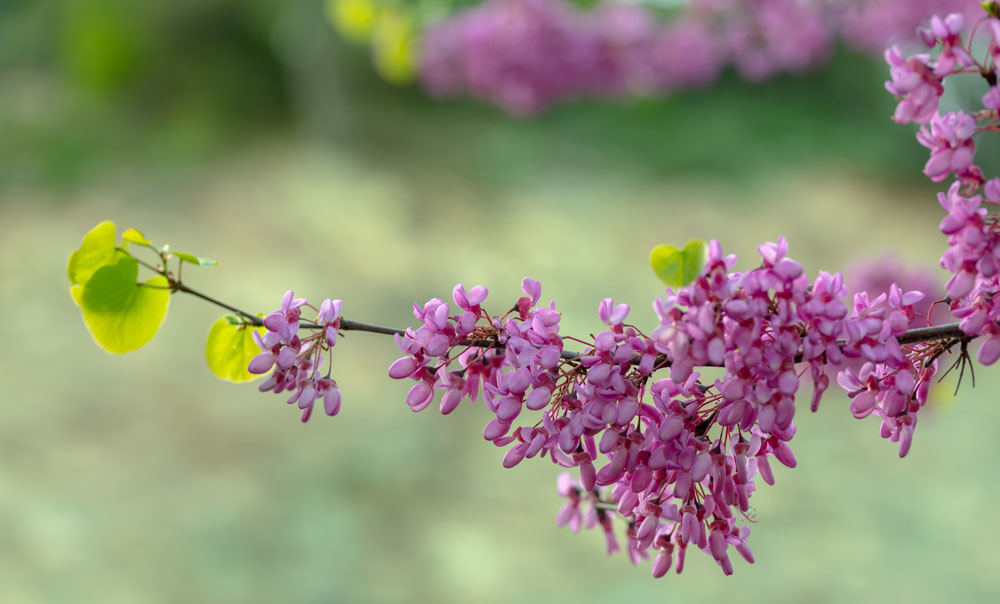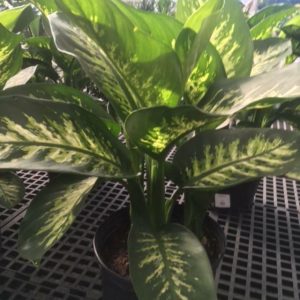Description
Cercis – Judas Tree – Redbud –
There are about 8 species of slow growing, deciduous small trees and shrubs, in this genus. They occur in woodland , at woodland margins, and on rocky hillsides in the Mediterranean, Asia, and North America. They produce alternate, heart shaped to circular, smooth edged leaves and bear brightly colored, 5 petaled pea like, bight rose, pink to crimson flowers in stalkless cluster or short racemes in spring which make quite a display, followed by flattened seed pods up to 4″ long. The flowers are normally produced on the previous year’s wood, either before or as the leaves unfold, but they may also be borne on wood that several years old. Larger species are excellent specimen plants, grow smaller ones in a shrub border, or train against a wall.
Grow in fertile, deep, moist but well drained , preferably loam soil in full sun or dappled shade. Plant in the final location when young, older plants resent transplanting.
Prone to scale insect, weevils, caterpillars, whiteflies, leafhoppers, leaf spots, blights, downy mildew, canker, dieback, and verticillium wilt.
C. occidentalis – California Redbud – Western Redbud – This spreading shrub or small tree, often multi stemmed, from Southwestern USA grows 15′ feet tall and 12′ feet wide. It produces kidney shaped, leathery, bluish green leaves, to 4″ long, with paler undersides, that have a rounded or notched tips, bronze at first, turning yellow in autumn. Usually on year old wood, before the leaves emerge it produces dark rose-pink flowers, to ½” across, are borne in clusters of 5 or 6.
Zones 6-10





